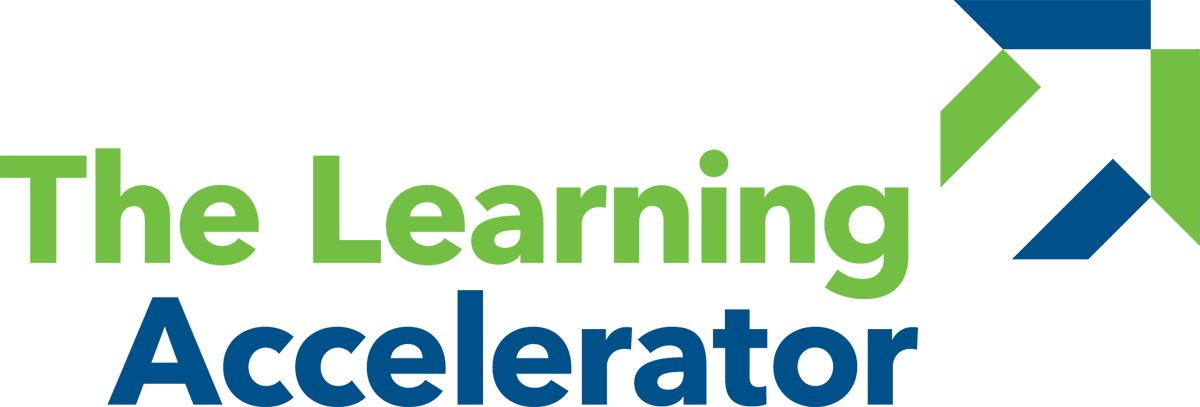What We Learned from the Strategy Lab
Reflections from our work with seven districts during the pandemic
In our work to support seven school systems from the Strategy Lab through the Real-Time Redesign process, we encountered three powerful takeaways about what it means to advance equity and resiliency in teaching and learning in a school system context.
1. There are sector-wide opportunities for bold thinking given common themes across school systems.
We believe these themes reflect pain points that many school systems experience as they work towards more equitable, resilient teaching and learning. These pain points also indicate opportunities for innovation around:
Building student relationships: Especially amid forced distance learning (as a result of COVID-19), the need for strong student-teacher bonds couldn’t be understated, and developing those relationships was made all that much more difficult because of the circumstances. Schools sought authentic but systematic ways to ensure each student felt known and respected by teachers and peers in the school – especially given the tight connection between students’ sense of belonging and academic success.
Goal-setting for students and approaching grading innovatively: School systems looked to update grading policies and systems to better represent each student’s current learning experiences and learning goals, as they faced never-before-seen failure rates. Leaders envisioned systems that were flexible enough to accommodate alternative demonstration of learning and chart individuals’ progress toward goals. School systems also sought new solutions for developing student buy-in and engagement in their success via systems for grading and goal-setting.
Directly exposing teachers to what the future might look like: As teachers must contribute to and implement solutions, it was important that they fully understand the vision. One way to do this was to make sure that a teacher’s experience matched the student’s experience in important ways. For example, in a school that was moving to competency-based learning for students, it was helpful to provide teachers with competency-based professional development.
2. There is a benefit to dreaming big – but starting small.
Most of the school systems that we worked with had an existing vision or strategic plan, and it was important to intentionally connect the design work to this bigger picture.
While this work may connect and contribute to a bigger vision and other efforts underway (e.g., an important strategic initiative in the school system), it is important to start with small, targeted design work.
Starting small means getting close to the ground and keeping actual teacher and student perspectives and experiences front-and-center. To do this, school systems invited teachers to be a part of their design teams, conducted extensive interviews with teachers and students, and piloted potential solutions with actual teachers and students in actual classrooms. This focus helped school systems truly test (and refine) ideas over time without too much cost (in terms of time or resources invested). It also enabled faster progress, which built momentum over time.
3. It is challenging – but essential – to keep the process focused on teaching and learning.
With any process, it can be tempting to get stuck on the logistics and the to-do list. Each process step is only valuable, though, to the extent that it pushes your team to learn more, dream bigger, and/or meaningfully move toward more equitable and resilient teaching and learning.
It can be hard to set aside pressing operational and financial challenges that are top-of-mind in your school system: What will the new budget look like? What school calendar will we adopt next year? Those questions, however, often steer the conversation away from teaching and learning.
School systems had most success in this design process when they stayed focused on the core of teaching and learning in the school system: the student and teacher experience. Certainly, as they identified teaching and learning challenges they wanted to address, there were process, operational, and financial considerations. However, the starting point was always centered on students and teachers.
In short, our school systems showed the importance of being bold, starting small, and keeping focused on students and teachers. We believe these are essential ingredients in any school system transformation effort.


